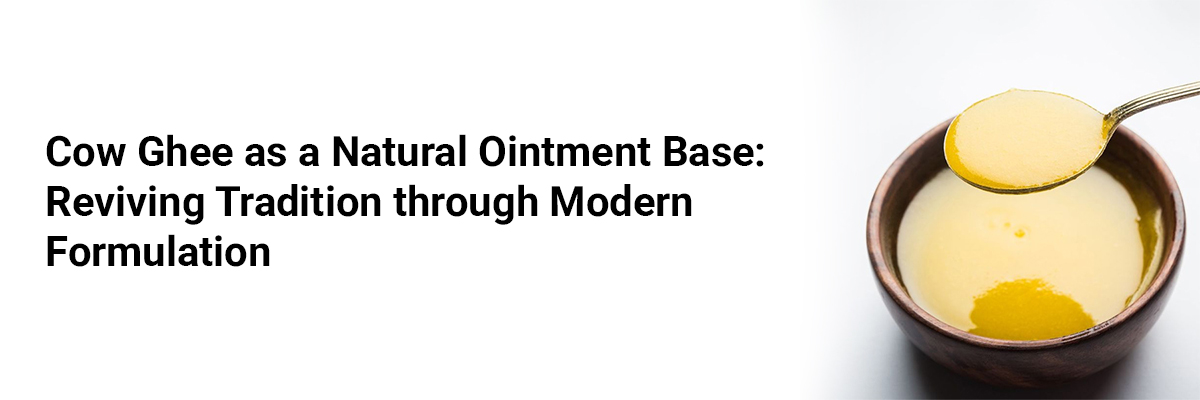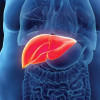
Cow Ghee as a Natural Ointment Base: Reviving Tradition through Modern Formulation
Cow ghee—an age-old staple in Ayurvedic medicine—is gaining modern scientific validation for its therapeutic potential in topical formulations. As a purified fat derived from milk, cow ghee is renowned for its deep tissue penetration and rapid absorption, as well as its antioxidant, antibacterial, anti-inflammatory, and antiseptic properties. These qualities make it a compelling candidate for use in dermatological treatments.
A recent study evaluated cow ghee as a natural alternative to conventional ointment bases and assessed its stability and efficacy in combination formulations. Ointment bases such as cetostearyl alcohol, stearic acid, glyceryl monostearate, and paraffin were compared with cow ghee under pharmacopeial preparation standards. Comprehensive stability tests were conducted per ICH guidelines, assessing key parameters, including color, odor, pH, spreadability, extrudability, and solubility.
The findings were promising: formulations containing cow ghee demonstrated excellent physical and chemical stability, with aesthetically pleasing textures and non-greasy consistency. Notably, formulations F5, F6, F8, and F9—featuring varying cow ghee and paraffin ratios—exhibited superior spreadability and texture. No significant degradation in fatty acid profiles was observed over time, underscoring the formulations' stability.
This study reaffirms the therapeutic relevance of cow ghee, highlighting its viability as a practical, affordable, and biocompatible base for modern and Ayurvedic ointments. Its integration with conventional bases opens new possibilities in natural skincare and pharmacological applications, bridging traditional wisdom with contemporary science.
Source: Cureus. 2023;15(3):e36556.








Please login to comment on this article